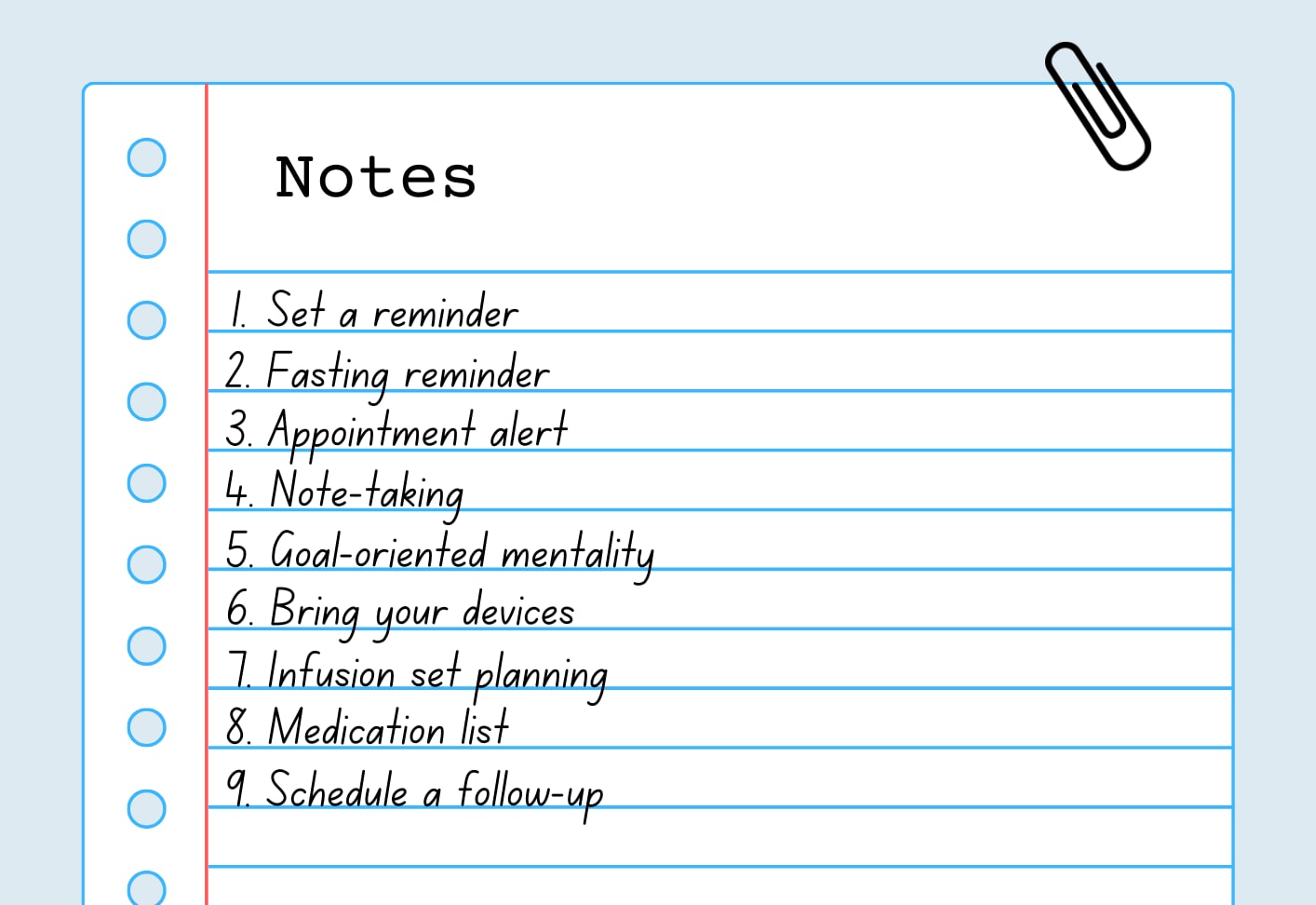Health Insurance Explained: Guide for People Living with Diabetes

Guide to health insurance for people with diabetes
Navigating the world of health insurance can be a lot, especially for those newly diagnosed with diabetes. With the added complexity of managing a chronic condition, understanding your health insurance options and coverage becomes even more important.
This guide aims to simplify the essentials of health insurance for people with diabetes, helping you make informed decisions about your care and ensuring you get the support you need. Whether you're trying to decode insurance jargon or find the best plan to cover your diabetes management needs, we've got you covered.
Understanding health insurance basics
Before diving into the specifics of diabetes coverage, it's essential to grasp the basic components of health insurance. At its core, health insurance helps cover the cost of medical expenses, but understanding the key terms can make a significant difference in choosing the right plan.
- Premiums are the monthly payments you make to keep your insurance active.
- Deductibles are the amount you pay out-of-pocket for healthcare services before your insurance begins to cover costs. Once your deductible is met, you often share costs with your insurer.
- Copayments are a fixed amount for a specific service.
- Coinsurance is a percentage of the service cost.
There are also different types of health insurance plans, each with its own network of providers and rules.
- Health Maintenance Organizations (HMOs) require you to choose a primary care physician and get referrals to see specialists.
- Preferred Provider Organizations (PPOs) offer more flexibility in choosing healthcare providers but usually at a higher cost.
- Exclusive Provider Organizations (EPOs) combine aspects of HMOs and PPOs, requiring you to stay within a network but not needing referrals.
- Point of Service (POS) plans offer the flexibility of seeing out-of-network providers but often at a higher out-of-pocket cost.
Understanding these basics will help you navigate your options more effectively and choose a plan that best fits your needs. Check out our full list of insurance terms.
Insurance for people with diabetes
When managing diabetes, having health insurance coverage can make getting the necessary treatments and supplies more affordable. Many health insurance plans cover essential diabetes-related treatments and supplies, such as insulin, glucose monitors, test strips, and syringes.
Some plans may also cover advanced technologies like continuous glucose monitors (CGMs) and automated insulin delivery systems, which have become the standard of care in diabetes, according to the American Diabetes Association.
In addition to medication and supplies, some health insurance plans offer coverage for diabetes education and management programs. These programs can provide invaluable support, offering guidance on diet, exercise, and lifestyle changes that can help you manage your condition more effectively.
It's worth checking if your plan covers visits to specialists such as endocrinologists, dietitians, and diabetes educators. Having access to a comprehensive care team can make a significant difference in managing your diabetes and maintaining overall health.
Financial support programs
For those who qualify, government programs like Medicare, Medicaid, and the Children's Health Insurance Program (CHIP) offer financial support for people with diabetes. People with Medicare and Medicare Advantage can access Medtronic solutions.
Medtronic also created a group of financial support programs to help make access to diabetes therapy more affordable for everyone.
Making the most of your health insurance
Maximizing your health insurance benefits can make a big difference in managing diabetes effectively and affordably. Here are three tips:
- Utilize preventive services offered by your plan. Many health insurance plans cover preventive services at no additional cost, including annual wellness visits, screenings, and vaccinations. Regular check-ups and screenings can help detect potential issues early on, allowing for timely intervention and better management of your diabetes.
- Understand your plan's formulary (aka a list of covered medications). Knowing this can help you avoid unexpected costs. Make sure your prescribed medications, especially insulin and other diabetes-related drugs, are on the formulary. If they aren't, discuss alternatives with your healthcare provider that are covered by your plan.
- Know the guidelines and appeal process for your health insurance plan. There may be times when a claim is denied. If this happens, start by carefully reviewing the denial notice, which should explain why the claim was denied.
Contact your insurance company's customer service for clarification and to discuss your options. You may need to provide additional documentation or a letter from your healthcare provider supporting the necessity of the treatment or service.
Staying informed and proactive about your health insurance can help you manage diabetes effectively. By understanding your coverage, utilizing available resources, and knowing your options for financial assistance, you can ensure you receive the care and support you need. Remember, you're not alone — there are numerous resources and support networks available to help you navigate this journey!



